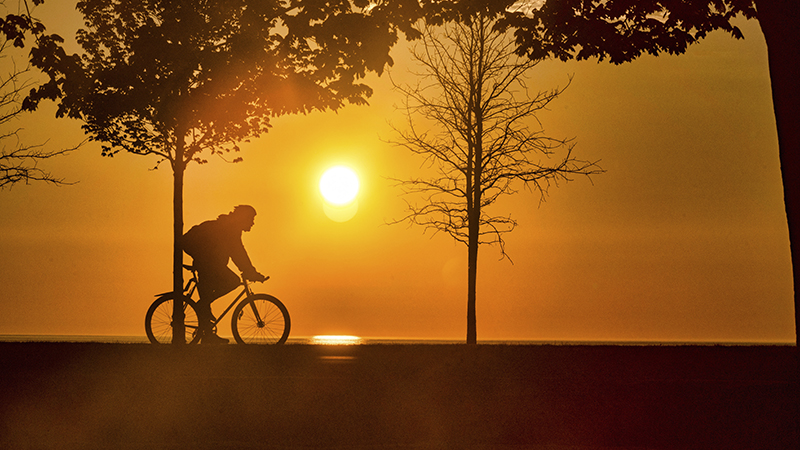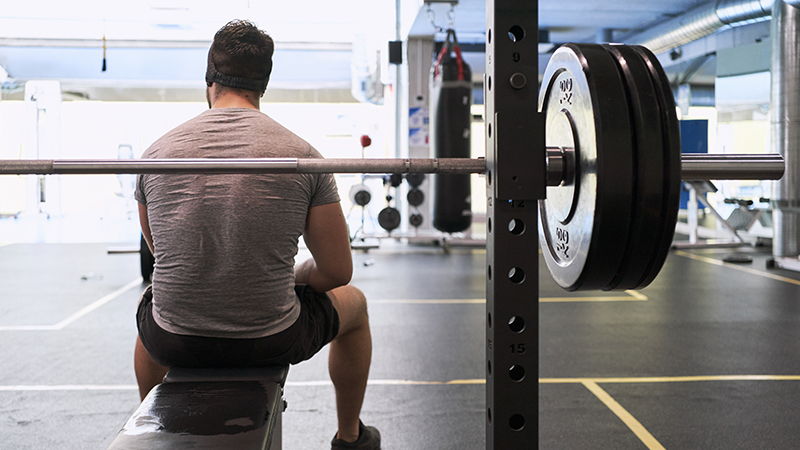5 Tips for Preventing Golf Injuries — Even During the Off-Season
Keep Yourself in the Game
Published December 2023
Golf, often hailed as a leisure activity, demands precision, strength and flexibility. Despite its non-contact nature, golfers commonly face a risk of injuries. The repetitive swing motion, coupled with subpar technique and inadequate warm-ups, can trigger various injuries.
Common Golf Injuries
"With years of medical practice, I've witnessed a spectrum of golf-related injuries — from Achilles ruptures to dislocated kneecaps," explains Adam W. Bennett, MD, an orthopaedic sports medicine physician at Northwestern Medicine. "Excessive practice, like hitting 300 balls daily, can trigger issues.”
Excessive practice, like hitting 300 balls daily, can trigger issues.— Adam W. Bennett, MD
Golfers come with varied injury histories, but Dr. Bennett says overuse injuries are the most common and can worsen existing conditions like arthritis or degenerative diseases in the back, knees, hips or ankles.
The golf swing can aggravate arthritis, Dr. Bennett says. "For instance, frequent practice swings by right-handed golfers shift weight to the left, potentially intensifying pain in the left hip, knee or ankle — and vice versa for left-handed golfers," he explains.
Surprisingly, shoulder injuries often aren’t worsened with golf swings. "Shoulder injuries are common, and I often hear, 'Can I still golf?'” says Dr. Bennett. “The swing doesn't demand much arm lifting. Pulling the club from the bag is often more painful than the swing itself."
Dr. Bennett offers these five tips to lessen the risk of muscle and joint injuries.
1. Incorporate regular strength training.
Strengthening your core, hips and back muscles reduces injury risk. Focus on exercises that bolster these areas, enhancing swing stability and alleviating strain elsewhere.
“Sport-specific strength training is important. For golfers, I would incorporate some twisting motions, as well as other core-strengthening exercises, like planks with mountain climbers and side planks,” says Dr. Bennett. “I also suggest some of my patients work with a personal trainer to understand ways to balance out what their deficits are.”
2. Prioritize a warm-up routine.
Dr. Bennett emphasizes the need for a warm-up. Dynamic stretches like hip and arm circles can help increase blood flow to muscles and prepare you for the demands of the game. Focus on the muscles involved in the golf swing, such as the shoulders, hips and core.
3. Embrace rest and recovery.
The repetitive motions in golf often lead to overuse injuries. Dr. Bennett advises ample rest between rounds, discouraging excessive play without breaks.
“Muscle injuries need rest and strengthening, but some tendonitis and overuse injuries will require physical therapy,” he says. He also recommends working with a golf instructor to make sure you have the proper technique.
4. Listen to your body.
Address discomfort or pain promptly. Ignoring minor issues can escalate them into significant injuries. Dr. Bennett suggests assessing pain trends over seven to 10 days to evaluate if your pain is getting better, not changing or getting worse. If your pain isn’t getting better, or it’s getting worse, you may want to see a physician.
5. Prevent winter rustiness.
Dr. Bennett advises winter conditioning to prepare for active golfing periods. Indoor practice, like daily swings and putts, maintains timing and prevents injury from sudden intense activity after a dormant period.
“As a golfer myself, I know that winters in Chicago can really impact your game,” says Dr. Bennett. “It is important, especially in the off-season, to continue to practice your swing and continue to do strengthening exercises.”






